
La Perouse Museum Reopens With Exhibition On Landmark Bicentenary Protest
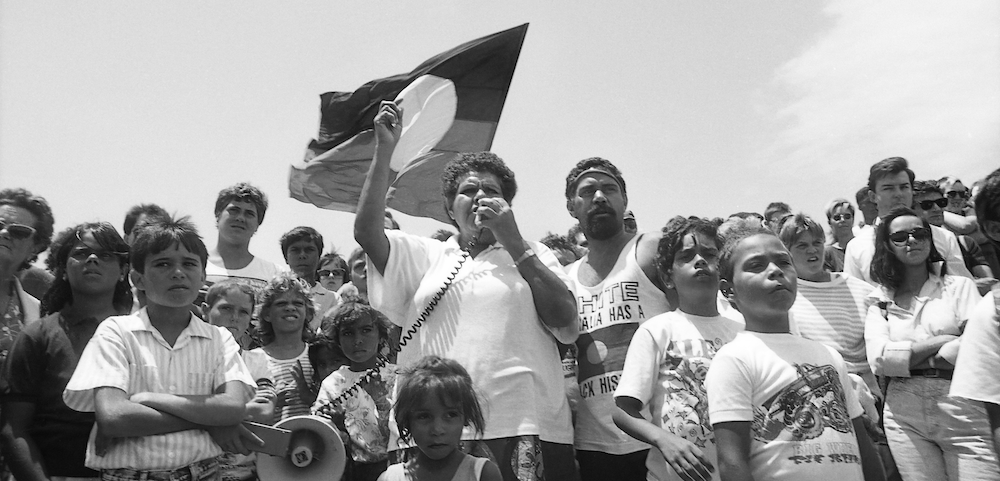
The La Perouse Museum is set to reopen today, with an exhibition of images from the landmark 1988 Bicentenary protest march welcoming visitors back after its year-long closure.
From internationally acclaimed documentary photographer, Juno Gemes, 1988: The Long March for Justice, Hope, and Freedom features First Nations leaders gathered at the La Perouse headland , including MP Linda Burney, Mum Shirl, and Gary Foley.
The 1988 bicentenary celebrated the arrival of the first fleet in Botany Bay, on Bidegal and Gadical country, and was marked by the government with events such as re-enactments of the fleet’s arrival, a parade, and concerts.
The protest on January 26 saw more than 40,000 First Nations peoples and their allies march through the city to protest the glorification of colonisation and dispossession, in what was, at the time, the largest march ever held in Sydney.
Gemes visited the Gamay Botany Bay area repeatedly in the 12 months leading up to the march, documenting the deliberations of First Nations leaders from across Australia that were convening with the La Perouse Aboriginal community.
“It is a joy to bring these historic images back to La Perouse Museum as an inaugural exhibition at this important cultural precinct,” she said.
Randwick Mayor Dylan Parker said the exhibition illustrates the significance of the Gamay Botany Bay area, and the local Aboriginal community to the story of modern Australia.
“On 26 January 1988, over 40,000 Aboriginal people and allies marched through Sydney demanding First Nations land rights, justice, and recognition. It was a pivotal moment in our nation’s history — and it began right here in La Perouse,” he said.
“This exhibition and the Museum’s transformation into a First Nations Cultural Precinct mark a long-overdue recognition of the deep cultural and historical significance of this area for Dharawal and Bidjigal people, to First Nations people across Australia, and to the entire community.”
Importance of museum’s site to Aboriginal communities recognised by council
The exhibition comes as the museum marks the beginning of its transformation into a nationally significant First Nations Cultural Precinct, following a proposal from the Randwick City Council and the La Perouse Local Aboriginal Land Council last year. Co-designed with and led by community representatives, the area has been developed into a cultural destination reflecting the ongoing connection of the local Aboriginal community to the precinct.
Alongside Geme’s photographs, two community initiatives are being launched- the La Perouse Field Guide created by Aunty Maxine Ryan in collaboration with Floorplan Studio, and the Elder in Residence Program with inaugural recipient Peter McKenzie, a respected La Perouse community leader and photographer.
Burney will officially open the exhibition on Friday evening, and congratulated the Council for their decision to showcase such a pivotal moment in history.
“1988 was a seminal year for Aboriginal people and a very important time for the First Nations movement in this country,” she said. “La Perouse was the beating heart of that movement.”
The La Perouse Museum will be open to the public from Saturday 20 September 2025, with free entry to all exhibitions.
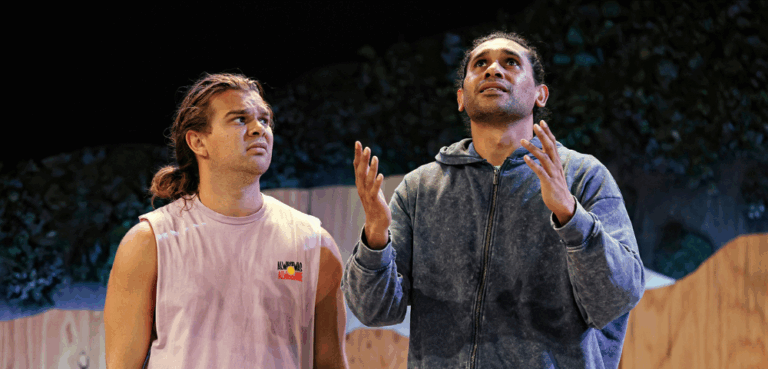
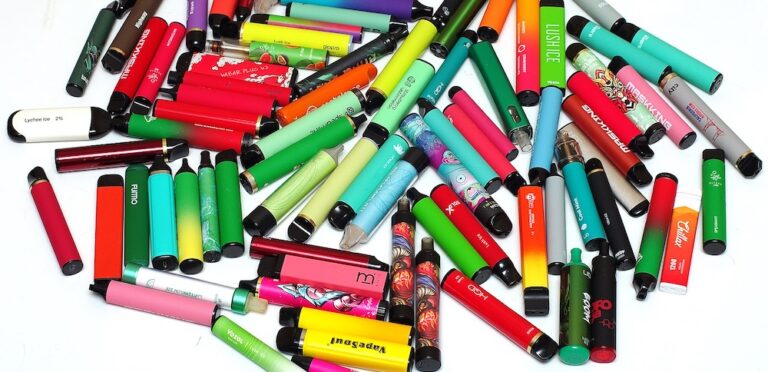
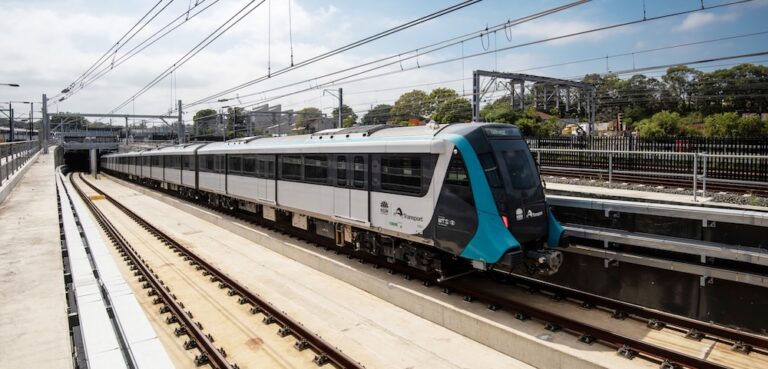
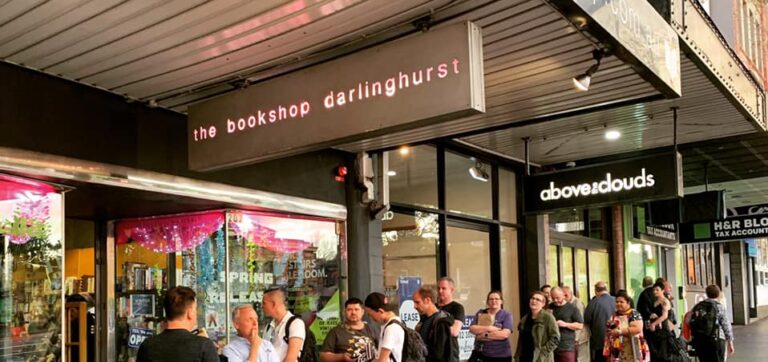
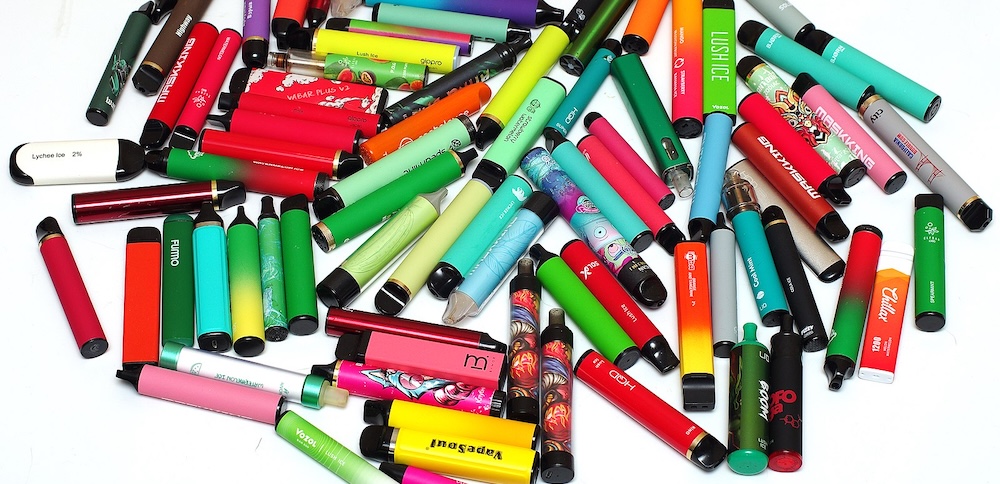
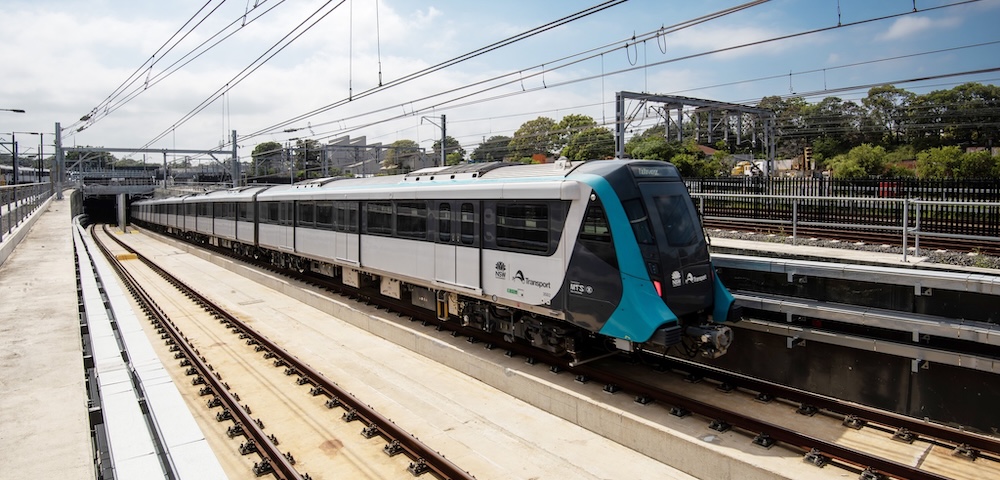
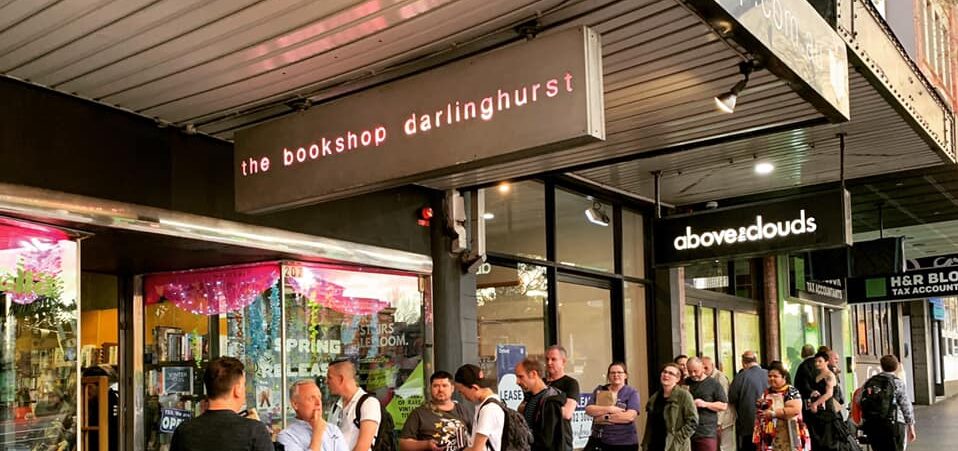
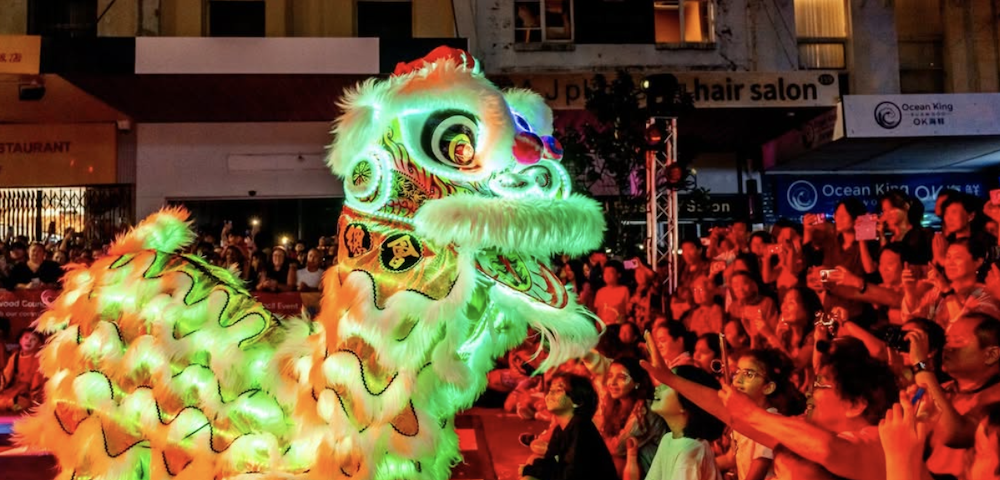
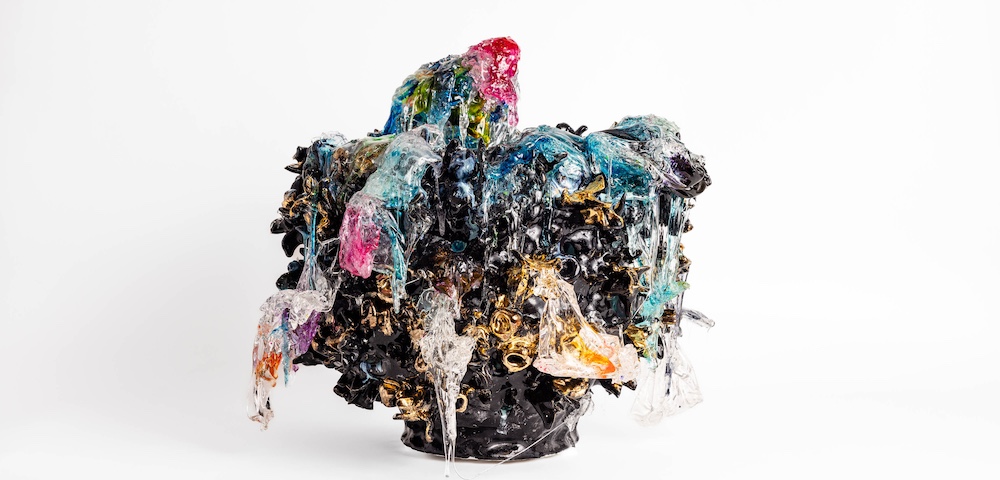
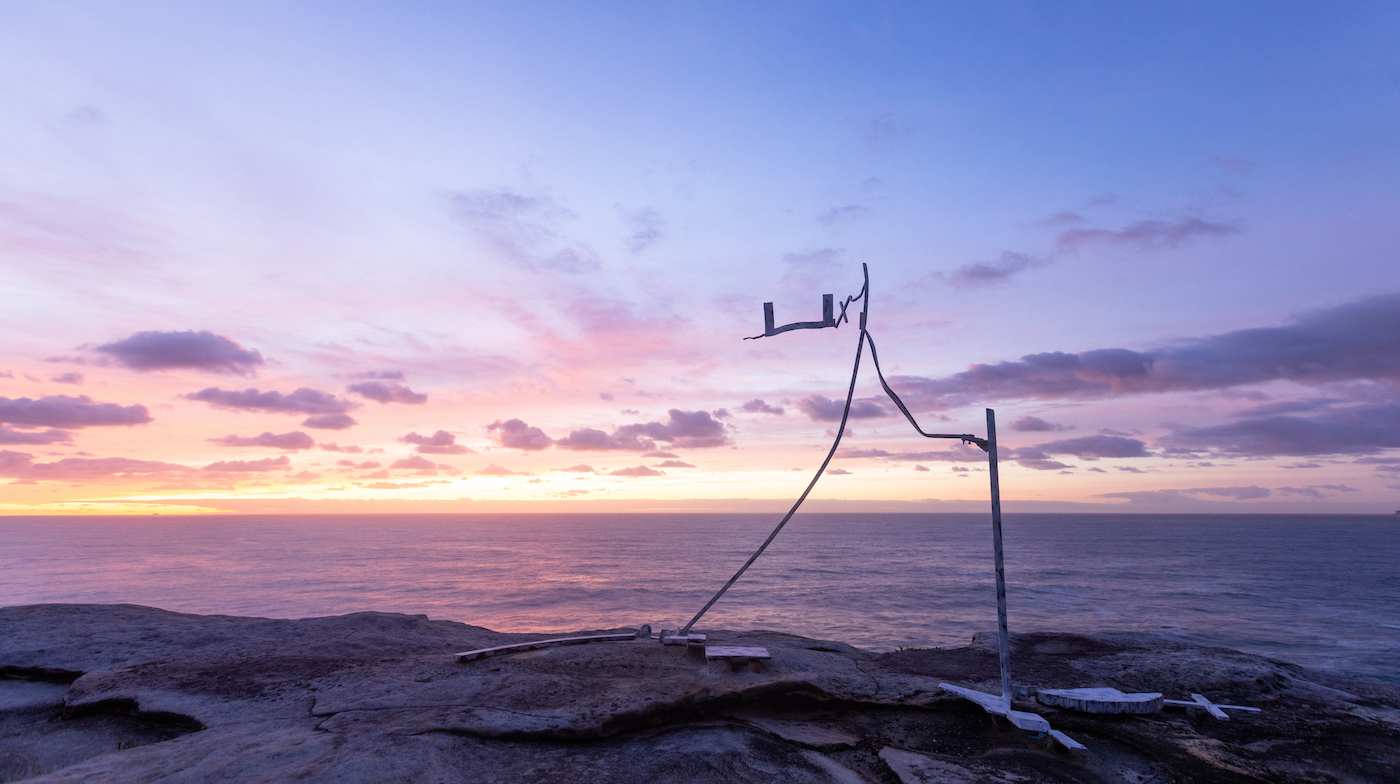
Leave a Reply